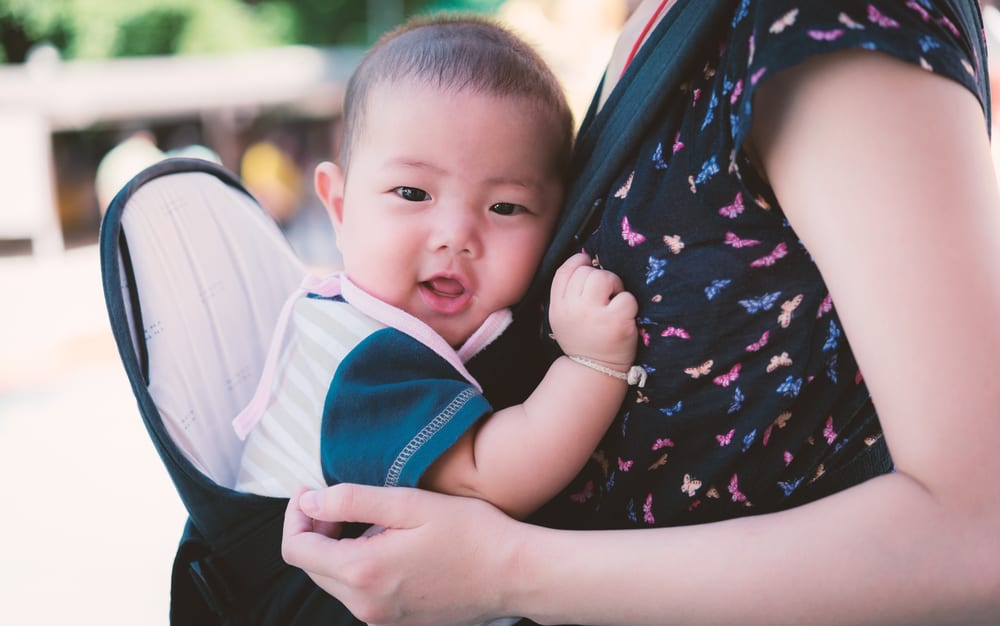Contents:
- Medical Video: Jimmy Kimmel Talks to Kids - What's the Difference Between a Boy & a Girl?
- Stage of child development recognizes gender differences
- 7 months of age
- 12 months of age
- 2 years old
- 2-3 years old
- 3-4 years old
- Ages 4-6 years
Medical Video: Jimmy Kimmel Talks to Kids - What's the Difference Between a Boy & a Girl?
There are many things that children must learn until they grow up to be big. Starting from how to eat alone, use the toilet alone, distinguish colors, to distinguish the sexes, namely men and women. But take it easy, all these lessons are slowly able to be accepted by children. Without your realizing it, children may have begun to see gender differences. For example, where are his friends who are male and which are female.
Actually how is the child's understanding of sex differences formed? When do children begin to understand that men's and women's bodies are different? Here's the explanation.
Stage of child development recognizes gender differences
From an early age, children actually have begun to learn about their environment. Family is the first place children start learning to know many things. In the family, there are mothers and fathers, where children can learn to recognize the sex of the two closest people. The following is the stage for children to learn about gender differences.
7 months of age
Children have begun to be able to distinguish between the voice of a man (his father) and a woman (his mother). The proof is, he can already find the source of his mother's or father's voice. Generally, male voices tend to be heavy while women's voices are higher. Children first learn to recognize gender differences from this pattern.
12 months of age
Children begin to be able to distinguish faces between men and women. The child will pay attention to his mother's face when they are invited to talk by his mother and will see his father's face when he hears his father's voice.
2 years old
Children have begun to be able to distinguish toys for girls and boys. Usually this is because there are gender stereotypes in choosing their toys. For example, the stereotype that girls should play with "female toys" such as dolls and cooking. Whereas boys play with "boys toys" such as cars and robots.
This is very much influenced by the treatment of parents to their children. The more you differentiate the role of women and men in general, the more children see sex differences in their daily lives.
Children begin to be able to imitate and pay attention to how adults behave based on their sex.
2-3 years old
At this age, children may have begun to be curious about the physical differences between women and men. You may have seen children touch their genitals, for example when taking a shower, changing pants, or when urinating. This is normal and you should not scold him.
At this time, children need to be told that the part of their body they touch is the penis or vagina. You can tell him when the child is taking a shower or changing clothes. Avoid using figurative words, like "birds". Tell the child the real name, this will make it easier for the child to receive it well and also not to seem vulgar. Genitals are part of human anatomy.
Also say that the child has to cover the genitals because they have to be stored on their own, others should not see or touch them, as sexual education specialists Tara Johnson told Today’s Parent. Teach them shame when their genitals are seen by others, so the child will also be embarrassed if they touch their genitals in public. This can also help prevent children from sexual abuse.
At this age, children also have begun to label themselves as boys or girls (already know their gender identity). He also began to be able to say which friend or family was male or female. He has noticed the physical differences between boys and girls.
3-4 years old
Children at this age have begun to involve gender in their lives. For example, children have begun to think that cars are toys for boys, while beautiful princess dolls are toys for girls. So, he doesn't want to play with toys that don't suit his gender.
Another example, for example, is when a child is playing cooking, he will act as a father if he is a boy, while a girl will act as a mother. Children have also begun to distinguish which clothing for men and which for women.
Back again, this all depends on how parents care for and provide examples for children everyday. If you let children try all kinds of toys regardless of the stereotypes inherent in society, children can be more flexible in playing and expressing themselves.
Ages 4-6 years
Increasingly developing, children at the age of 4-6 years have begun to distinguish the roles of women and men in general. For example, children think that helping a cooking mother is an activity of a girl, while helping a father to lift a heavy burden is a man's duty.
At this age, continue to teach children about their genitals. It is one part of his body and that distinguishes between boys and girls. When you explain, children may ask various things. It is best to answer it simply and slowly, give understanding to the child so that the child understands, rather than avoiding the child's questions.












